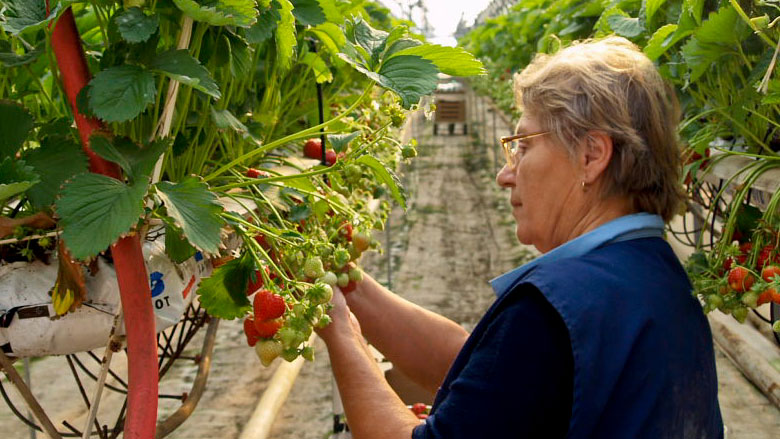CROATIA | 2023 |
Population, million | 3.9 |
GDP, current $ billion | 82.7 |
GDP per capita, current $ | 21,424.6 |
Life Expectancy at Birth, years (2022) | 77.6 |
Croatia’s economic activity has been consistently outpacing average growth in the EU over the last three years, and in 2023 Croatia's GDP per capita (in PPS) reached 76% of the EU average, up from 67% in 2019. These positive trends continued in the first half of 2024, but growth has become increasingly dependent on consumption and public investment, largely driven by rising wages, expansionary fiscal policy, and the inflow of EU funds. At the same time, productivity growth has been relatively subdued.
Moreover, the tourism sector, one of the key drivers of economic growth over the past three years, is showing signs of reaching peak capacity. Dependence on the tourism sector makes the economy vulnerable to shocks and raises sustainability concerns due to its pressures on local infrastructure and the environment. Accelerating productivity growth will be essential for sustaining income convergence in the medium to long term. However, Croatia's overall macroeconomic imbalances remain contained, given a robust banking sector, a positive current and capital account and public debt that has fallen to close to 60% of GDP.
Last Updated: Oct 24, 2024







